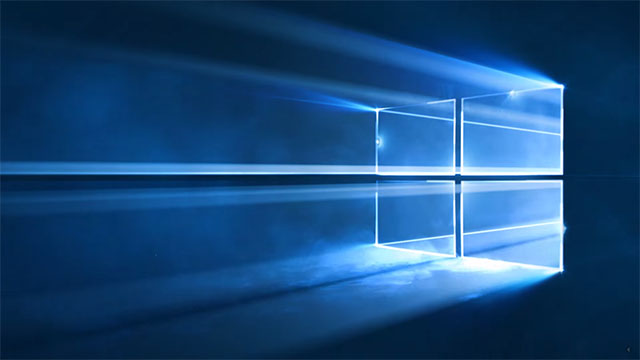Just like that: No more free Microsoft Windows 10 Upgrades
It’s done. As promised, Microsoft is ending its free upgrade program, by which token, those who want to upgrade to Windows 10 past this deadline, will have to pay the regular price: $119 for the standard version of Windows 10, and $199 for the Pro version.

Over the course of this past year, Microsoft has made good on its promise to deliver frequent updates to an operating system which has been repeatedly touted as two things: the best, and the last.
Undoubtedly, Windows 10 is by far the most stable Windows operating system, and one that incorporates features previously only dreamed of, some of which, quite literally.
For those like us who joined the Windows Insider Preview program, things have been even more exciting, as we have been monitoring, and trying out many of the cool features and improvements made since July 29th of last year, some of which yet to come on August 2nd, with the Anniversary Update.
While not without its share of controversy, mainly due to Microsoft’s rather aggressive stance of upgrades, the operating system has reached maturity with an active user base of more than 350 million Windows 10 devices, and counting. Granted that this number is far from Microsoft’s initial optimistic forecast, those who have been sticking with the new operating system, seem to agree on the advantages of Windows 10 over previous Windows versions, especially on new devices.
Security features are a centerpiece in Windows 10 OneCore, a new paradigm under which Microsoft is building every different version of Windows 10 based on the same core platform, from its desktop iteration, to IoT and mobile. Biometric login with Windows Hello, as well as storage encryption, with BitLocker, are some of the enhancements that make Windows 10, the most secure Microsoft operating system, and one capable of running on all new PCs, as well as many near-obsolete ones, as long as they have at least 4GB of RAM and a 1GHz CPU.
Microsoft has also beaten Apple to the punch, by being the first to introduce a voice-operated virtual assistant, Cortana, into a desktop operating system, among other things. By that token, Apple and Microsoft have seemed to bounce a fair amount of ideas off each other, at least unofficially, including Windows Snap, which allows application windows to automatically snap into place and arrange on the desktop as they near the edge of the screen.
Microsoft has put a lot of effort in porting mobile features to desktop users, and while some may have seen slower adoption than others, such as Cortana, user habits are changing, and there seems to be an uptick in usage of many of these features on a regular basis.
Finally, gamers have had a long history of sticking with Windows, due to the fact that most gamers can be extremely picky about their hardware. With Windows 10, this still holds true, as Steam, one of the most popular gaming networks, has reported consistently more Windows 10 users, than any other Microsoft operating system.